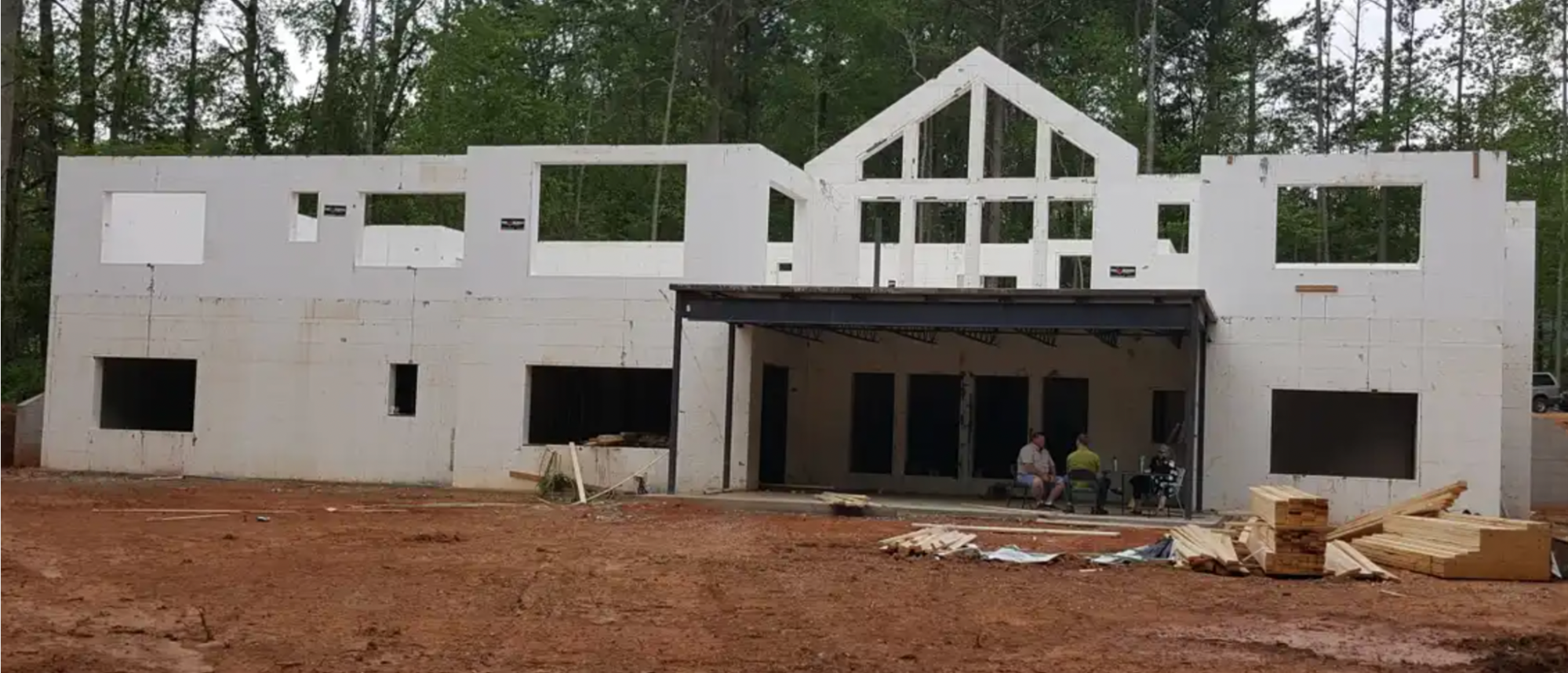Filter by

Exterior Foundation Covering Ideas and Designs
A beautifully finished foundation adds more than curb appeal — it protects your home from environmental damage and enhances energy efficiency. Modern homeowners and builders can choose from a variety of exterior covering ideas, from timeless options like brick and stone veneer applied to advanced solutions like Insulated Concrete Forms (ICFs).

Innovations in Exterior Wall Construction: What You Need to Know
For generations, the construction of exterior walls has followed traditional practices that have primarily involved wood or steel framing. These methods have been the backbone of residential and light commercial construction, by providing shelter, stability, and a certain level of insulation.

Exterior Wall Thickness: How Thick Should Your Walls Be?
The exterior wall thickness of a home significantly impacts the house’s energy efficiency, disaster resistance, and IEQ. Learn how thick exterior walls should be.

Improve the Comfort and Health of a Building with Soundproof Exterior Walls
The need to incorporate soundproofing features in the exterior walls of today’s homes and buildings has increased in recent decades. Urbanization, population growth, and an increase in air, rail, and highway traffic all have contributed to a widespread escalation of noise pollution.

What is a Good R Value for Exterior Walls?

6 Tips for Designing a Minimalist House Exterior
Minimalist architecture materials and design always aim for functionality. Fox Blocks presents six suggestions on materials for designing a minimalist house exterior.

A Guide to Selecting the Best Siding for Your ICF Wall
Building an ICF house allows for the application of many types of exterior finishes. The choice of exterior finish comes down to your personal decision, cost, and local styles.

7 Things to Know About Basement Insulation Code
For building code basement insulation, there are 7 important things to know.

The Best Way to Approach High R Value Wall Construction

Limitations of Insulated Metal Panels